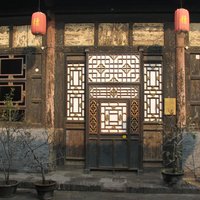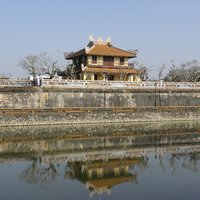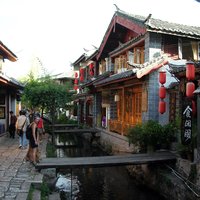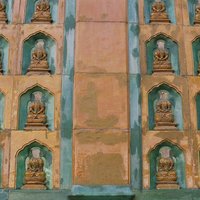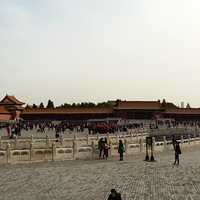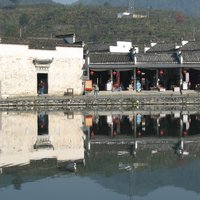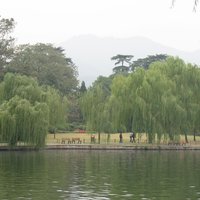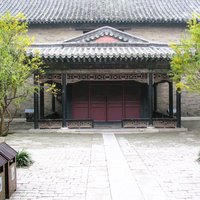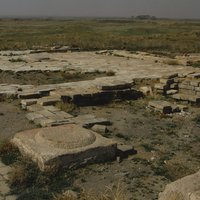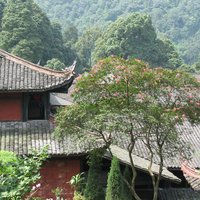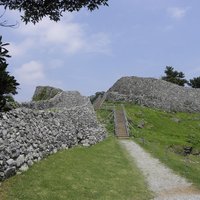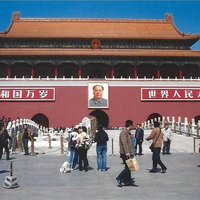Connected Sites
-
Pingyao's old government office complex garden is classical chinese garden, one of the few remaining example of offical residence gardens in China
-
Humble Administrator's Garden and Lingering Garden, part of WHS are two of four Chinese great gardens
-
Many imperial mausoleum gardens and the recently restored Imperial citadel's garden are based on Chinese garden principal
-
Black Dragon Pool is full with chinese classical garden elements
-
one of four Chinese great gardens
-
-
Beijing Imperial Palace for its imperial garden for the emperor and his family
-
Xidi's Western Garden in the former residence of an official is a Suzhou Garden style
-
as the best example of Classic Chinese landscape and its many smaller gardens are considered to be part of ten great views of west lake
-
Kong Clan's residence garden, one of the best example of classical garden in chinese nobility house
-
Beiyuan, the garden where the Yuan Dynasty grew exotic and rare plants and cultivated unusual animals and birds (described by Marco Polo)
See en.wikipedia.org
-
Mount Emei's Baoguo temple is also one of the best preserved and most lasting representatives of the typical structure of Chinese ancient gardens.
-
one of four Chinese great gardens
-
Shikinaen is a mix of Japanese and Chinese garden
-
Jingshan Hill "The Jingshan Hill is the tallest point and a key skyline node on the Beijing Central Axis. Its position and relationship to the north of the Forbidden City demonstrate the planning concept of Chinese palaces and gardens. Its towering hill, picturesque garden, and ornate buildings enrich the architectural sequence of the Axis." - Nomination File
-
“Historical records indicate that the style of the Baekje gardens had a considerable influence on the development of Japanese gardens. However, as a garden in the royal palace from the Sabi Period was discovered at the Archaeological Site in Wanggung-ri, it was confirmed that China, the Baekje Kingdom, and Japan were closely engaged in exchanges of their garden cultures. Some of the oddly formed rocks and strangely shaped stones in the Archaeological Site in Wanggung-ri contain Chinese viewing stones, indicating the international nature of Baekje culture.” - Nomination File

